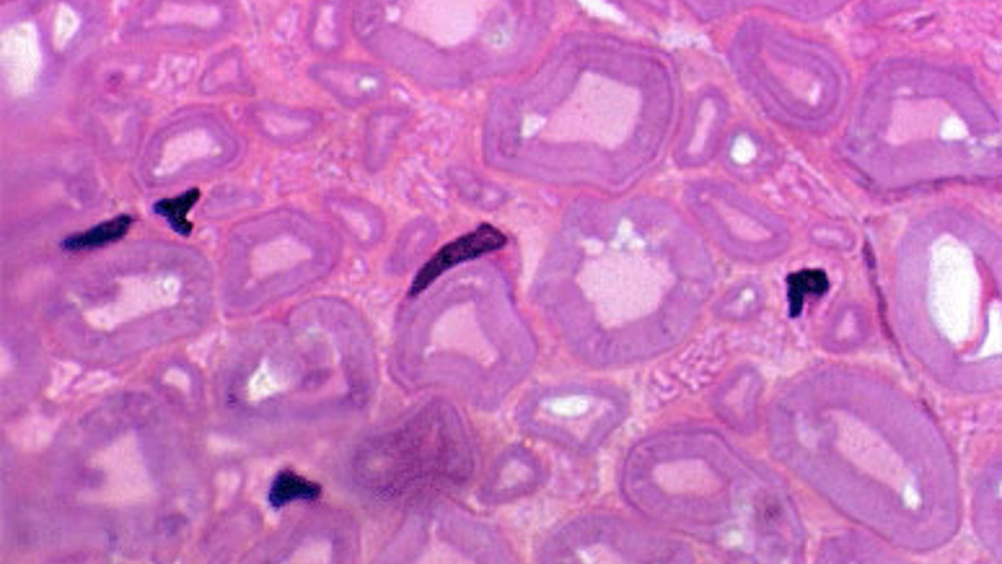Biological modelling method could have industrial uses
A method of modelling biological cell-to-cell adhesion could also have industrial applications, according to physicists at New York University (NYU).

This system, created in the laboratory of Jasna Brujić, an assistant professor in NYU’s Department of Physics and part of its Center for Soft Matter Research, is said to be an oil-in-water solution whose surface properties reproduce those found on biological cells.
Specifically, adhesion between compressed oil droplets mimics the mechanical properties of tissues and reportedly opens the path to practical applications, ranging from biocompatible cosmetics to artificial tissue engineering.
The method is described in the Proceedings of the National Academy of Sciences journal.
According to a statement, Brujić’s laboratory has already determined how spheres pack and has devised methods for manipulating the packing process. In this study, Brujić and her research team sought to create a method that would address the role of packing in tissues from the point of view of how mechanical forces affect protein-protein adhesion between cells.
In biology, cell-to-cell adhesion is crucial to the integrity of tissue structure — cells must come together and stick in order to ensure tissue cohesion. However, the complexity of biological systems has long prevented their description using general theoretical concepts taken from the physical sciences. For this reason, the research team designed an original biomimetic solution, or emulsion, that reproduces the main features of cell-to-cell adhesion in tissues.
Register now to continue reading
Thanks for visiting The Engineer. You’ve now reached your monthly limit of news stories. Register for free to unlock unlimited access to all of our news coverage, as well as premium content including opinion, in-depth features and special reports.
Benefits of registering
-
In-depth insights and coverage of key emerging trends
-
Unrestricted access to special reports throughout the year
-
Daily technology news delivered straight to your inbox










CCC Report Finds UK Climate Targets Still Within Reach
In 1990 67% of the UK´s electricity came from coal-fired power stations and even without renewables the transition to gas was a major contributor to...